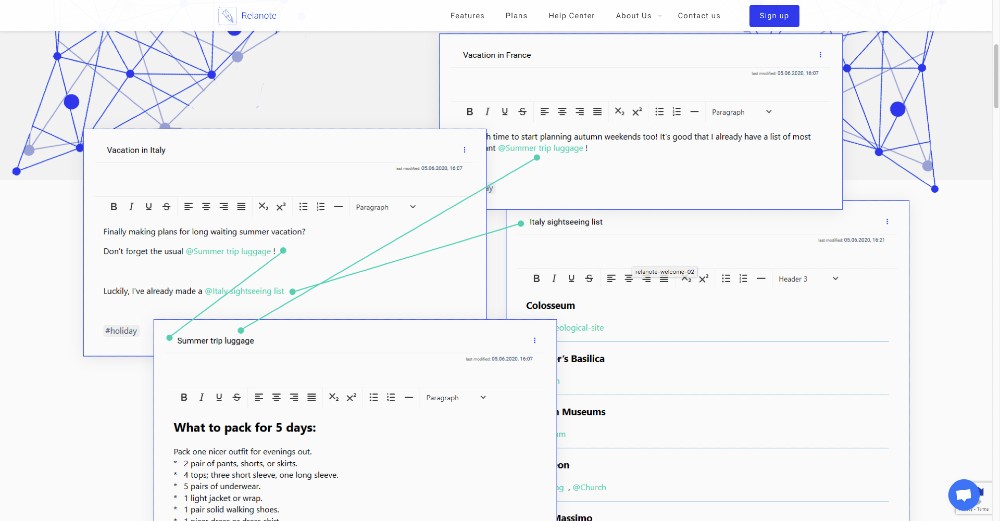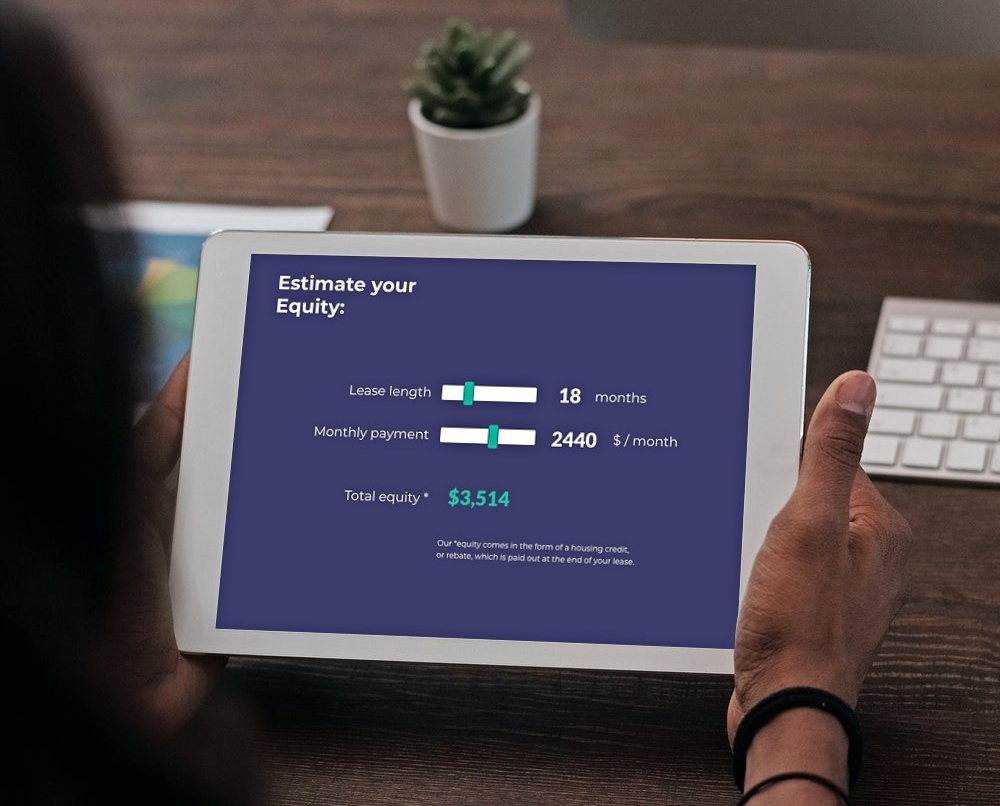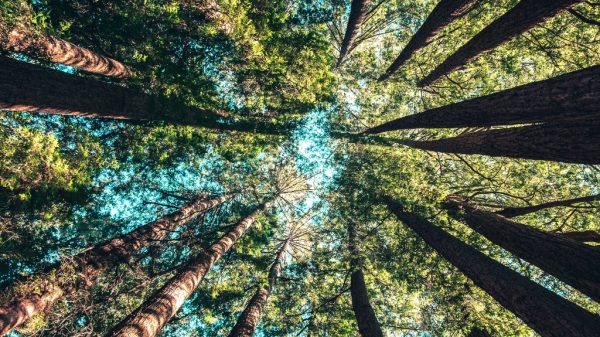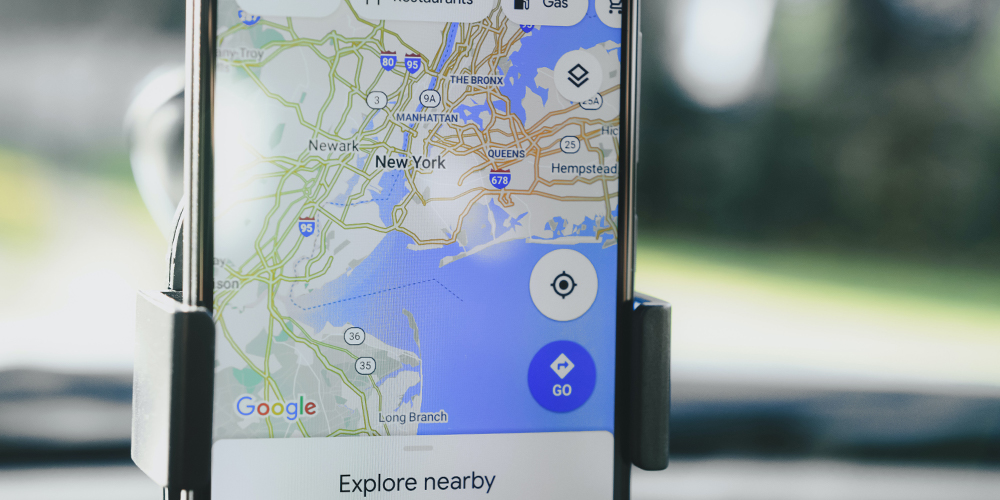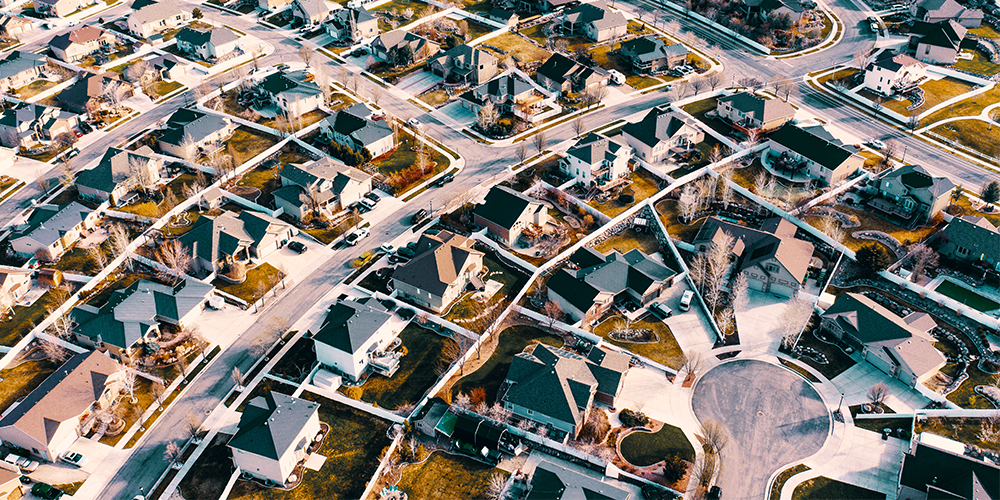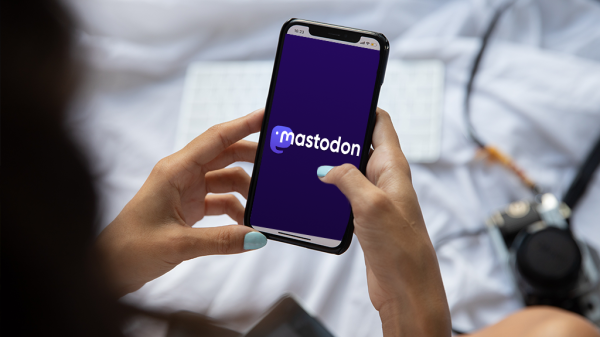Google is making it easier for you to offset your carbon footprint. The Google Maps app will soon default to the greenest route instead of the fastest one.
To find the most environmentally friendly route, Google is taking insights from the U.S. Department of Energy’s National Renewable Energy Lab. Its navigation algorithm will consider factors like slopes, inclines, road type, and traffic congestion to find the most eco-friendly route.
For those in a rush, this might be a cause for worry, but there is no need for that. You have the option to adjust your preference settings to turn this feature off. Also, the app will default to the greenest route only when the estimated travel time of the fastest route is about the same. If the most fuel-efficient route is longer, Google Maps will give you other options to compare ETAs and carbon emissions.
“What we are seeing is for around half of routes, we are able to find an option more eco-friendly with minimal or no time-cost trade-off,” Russell Dicker, a director of product at Google said.
The feature is set to launch on Android and iOS in the U.S. later this year and will expand to other countries.
Also, Google is supporting cities that have established low emission zones by alerting a driver when they will be passing through a low emission zone that restricts some vehicles from passing through them. These warnings will inform users if their car is allowed in that area so they can choose another form of transportation or select a new route if they need to. In June, these low emission zone alerts will launch in Germany, the Netherlands, France, Spain, and the UK.
In addition, Google Maps is making it easier to compare different routes and modes of transportation with a “comprehensive view”. Instead of switching between tabs to view different destination times, you’ll be able to compare car, cycling, public transportation, etc. all in one place.
Google’s new eco-friendly navigation option, along with the other Google Maps app updates, is part of the company’s commitment to reduce and help its users reduce their environmental footprint. Since 2007, the tech giant has been carbon neutral, and it plans on being carbon-free by 2030. With these changes, the company seems to be making strides in the right direction to get there.
Veronica Garcia has a Bachelor of Journalism and Bachelor of Science in Radio/TV/Film from The University of Texas at Austin. When she’s not writing, she’s in the kitchen trying to attempt every Nailed It! dessert, or on the hunt trying to find the latest Funko Pop! to add to her collection.






